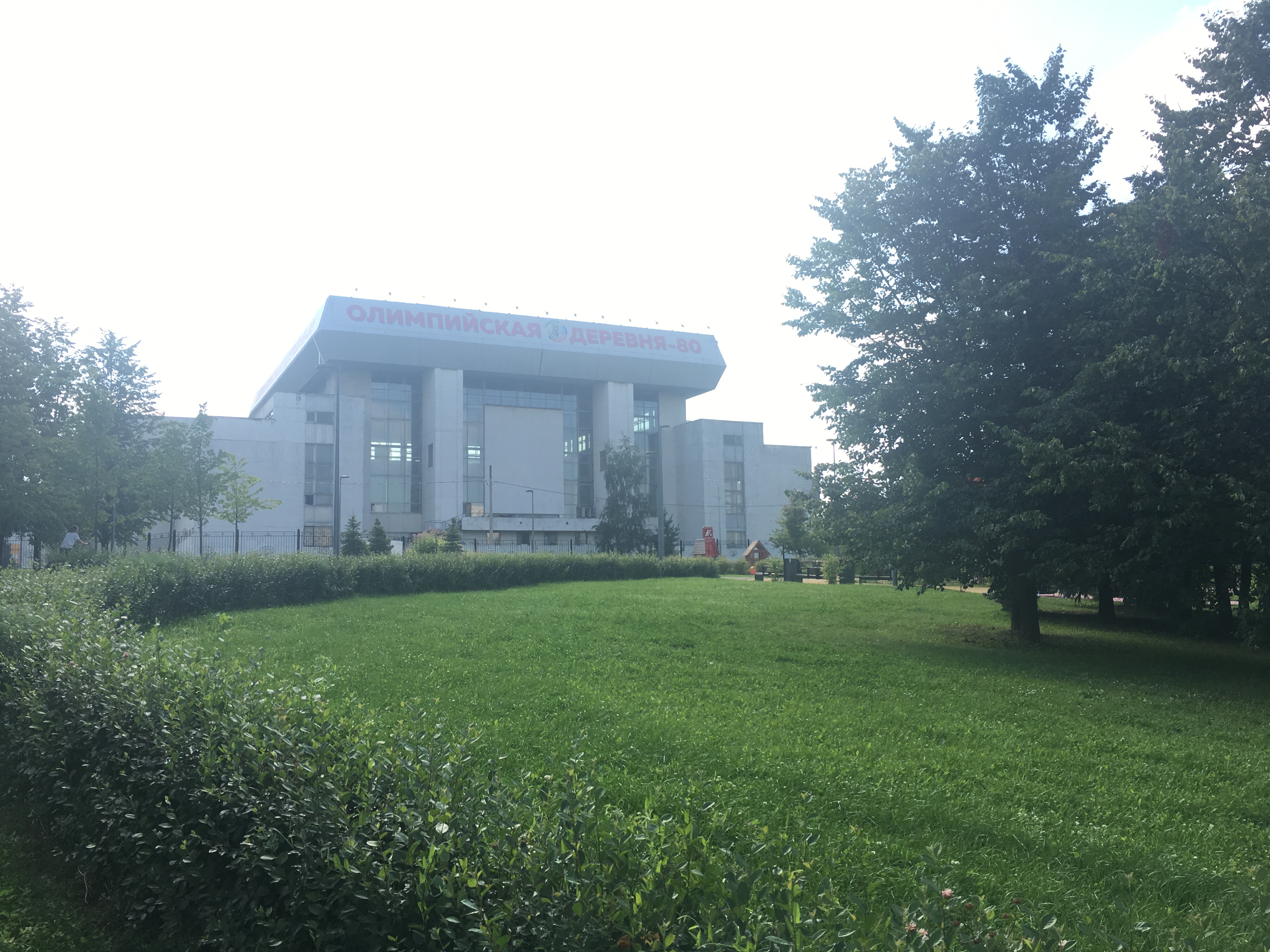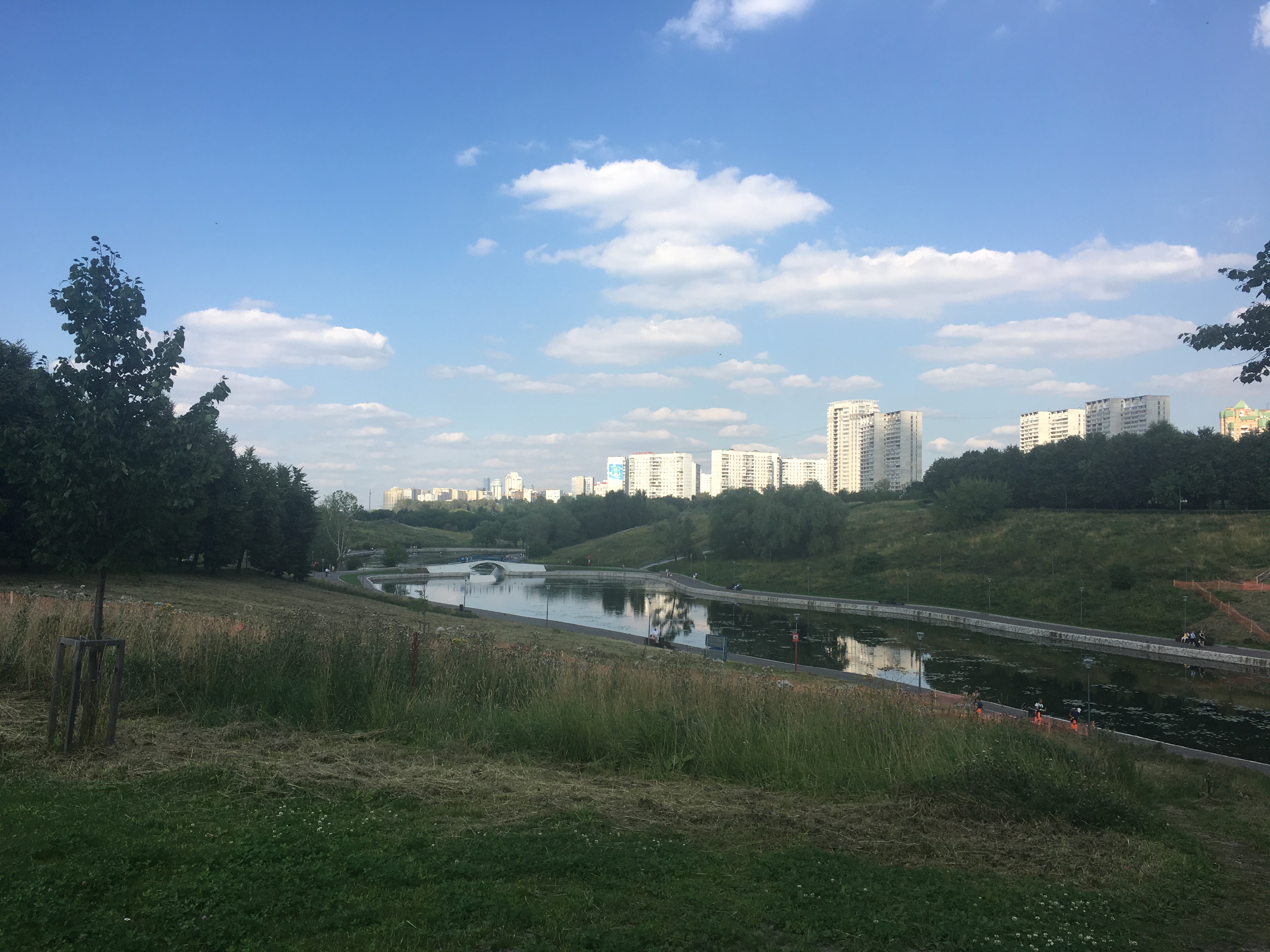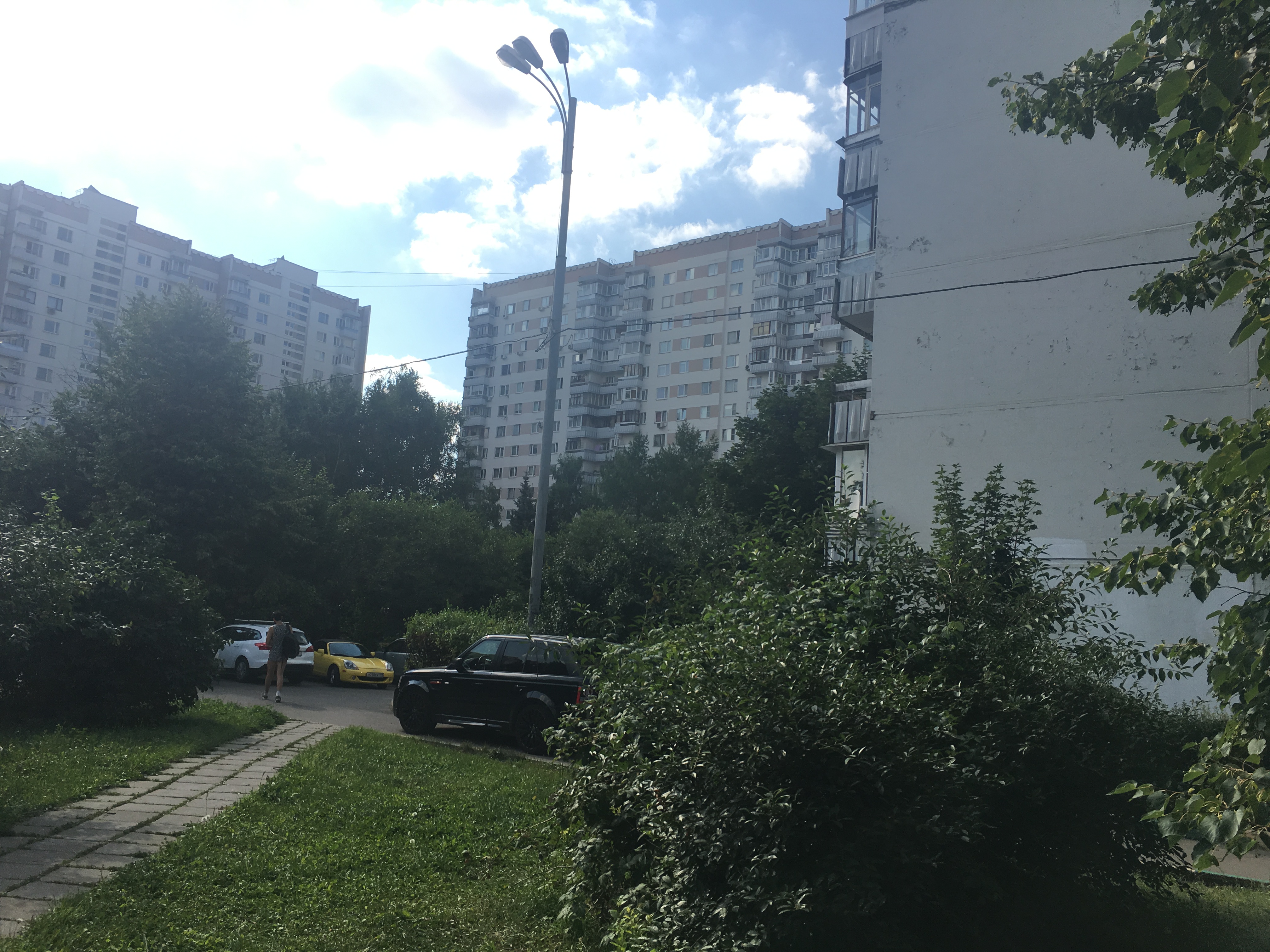





In 1975, the International Olympic Committee awarded Moscow host city status for the 1980 Summer Olympic Games. While the games are best remembered for the international politics that surrounded them – mainly, the US-led Boycott following the Soviet invasion of Afghanistan – the games reshaped both Moscow and labor migration to the capital. In the aftermath of the Montreal Summer Olympics, budgetary concerns became paramount to the success of the games. In Montreal, the main arena, known as the “Big O” for its shape, became the “Big Owe” for the amount of debt that the city incurred. Officials in Moscow (and Lake Placid for that matter) focused on adapting existing structures and ensuring that each new structure had a designated purpose for after the games. These officials succeeded in this goal, but the four years of intense construction brought thousands of temporary laborers, who often desired permanent residency to the capital.
Moscow already had several sports arenas and hotels, but the Olympic Organizing Committee desired to renovate these existing structures in addition to building new ones as well. The Olympics provided Soviet authorities the opportunity to not only showcase the Soviet capital but also the Soviet way of life and communist values to visitors from around the world. As early as 1975, citizens from capitalist countries such as the United States, Canada, the Federal Republic of Germany, and Great Britain wrote the organizing committee to inquire about travel arrangements to Moscow to see the games. Often, these were middle class folks who had traveled to Munich and Montreal, and Moscow was the next logical destination. Soviet authorities desired to show such tourists the superiority of Soviet socialism over capitalism in their home countries. Ironically, in order to showcase socialism, the organizing committee worked closely with capitalist firms in Germany, Switzerland, and the United States to design and construct hotels and sporting arenas.
If the new structures were capitalist in design, they were Soviet in construction. The organizing committee used the same recruitment practices that Moscow’s Office for the Use of Labor Resources had used throughout the 1970s. Local teenagers and university students spent time after school and on the weekends aiding in construction. The committee also enticed pensioners to take on less physically demanding work by promising them 300 rubles a month in addition to their full pension. This deviated from the usual practice of restricting the pension size or salary of those who continued to work after the age of retirement. As usual, workers within Moscow provided an insufficient labor pool, and temporary labor migrants became an essential part of preparation for the games.
Beginning in 1976, thousands of temporary labor migrants made their way to Moscow to assist in the preparation for the games. At first, many of these migrants were members of the Communist Youth League (Komsomol) who had recently demobilized from military service. As with temporary labor migration in general, young demobilized soldiers were the ideal migrants since they could easily be accommodated in dormitories. By 1980, over 40,000 temporary labor migrants, many not from the Komsomol, arrived in Moscow to assist in the preparation of the games, but only 16,000 worked on such projects. Short on labor for all projects, the Main Moscow Construction Enterprise used workers that they had hired for the games for other purposes. Additionally, construction enterprises failed to deliver on its promise of adequate living conditions. Official policies dictated that enterprises provide these youthful labor migrants with access to higher education and cultural development programs. The Main Moscow Transportation Enterprise delivered on this promise, providing each worker with 50 hours of instruction on topics ranging from the history of the Olympics to rudimentary foreign language training. In other cases, enterprises failed to properly register migrant workers in the dormitories and housed youth in dilapidated conditions.
The legacy of the games is as varied as the history of its preparation. Immediately following the games, the Olympic Village served as housing for 14,000 Soviet citizens. While some construction workers returned home after the games, others received apartments in the Village in honor of their service to their motherland in preparation for the games. Two feature films, one from 1989 and another from 2011, have shown a darker side of preparation for the games. In their efforts to fashion Moscow into the ideal socialist city, Soviet officials removed “undesirables,” particularly those without proper registration, from the city. As for the structures that migrants renovated and built, many are still in use today. The Central Lenin Stadium (today’s Luzhniki) and Spartak will host games this summer during the FIFA World Cup. The Olympic Center on Prospect Mira is now home to office space, small shops, and swimming pools.
The gallery below shows pictures of the Olympiiskii Center on Prospect Mira and the Olympic Village as they exist today.